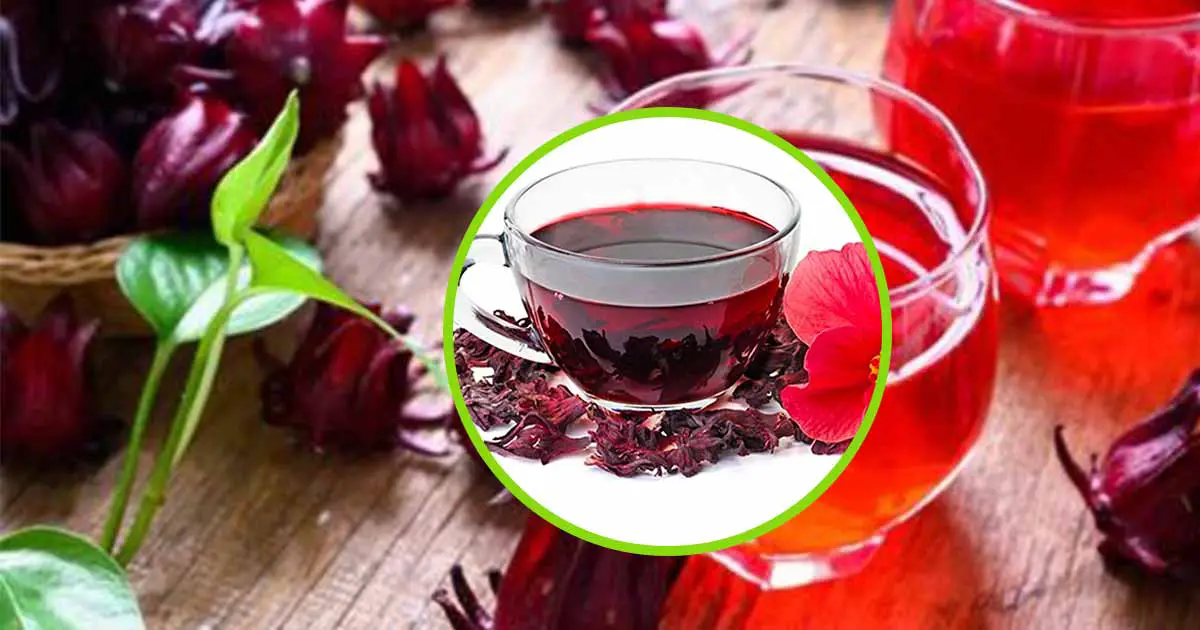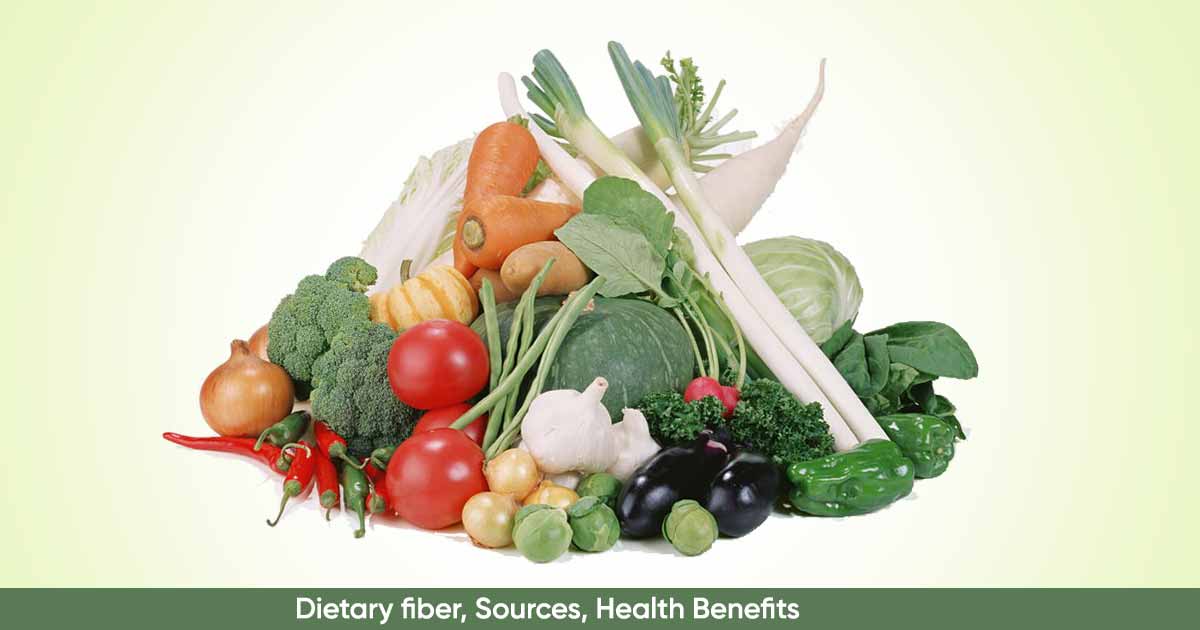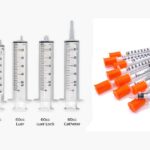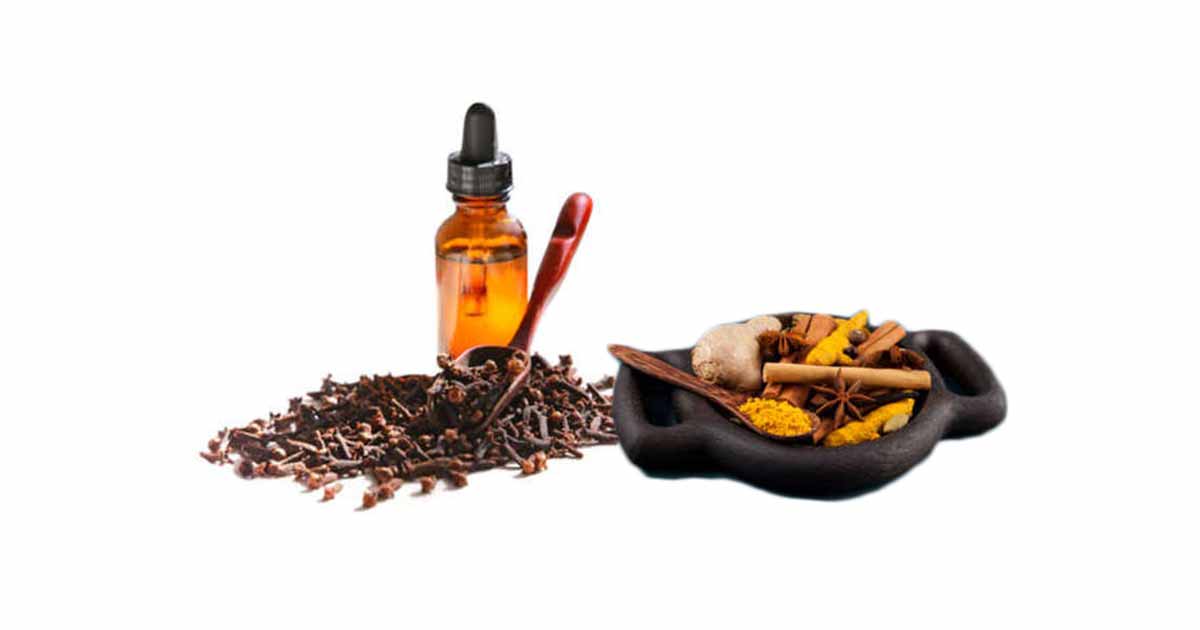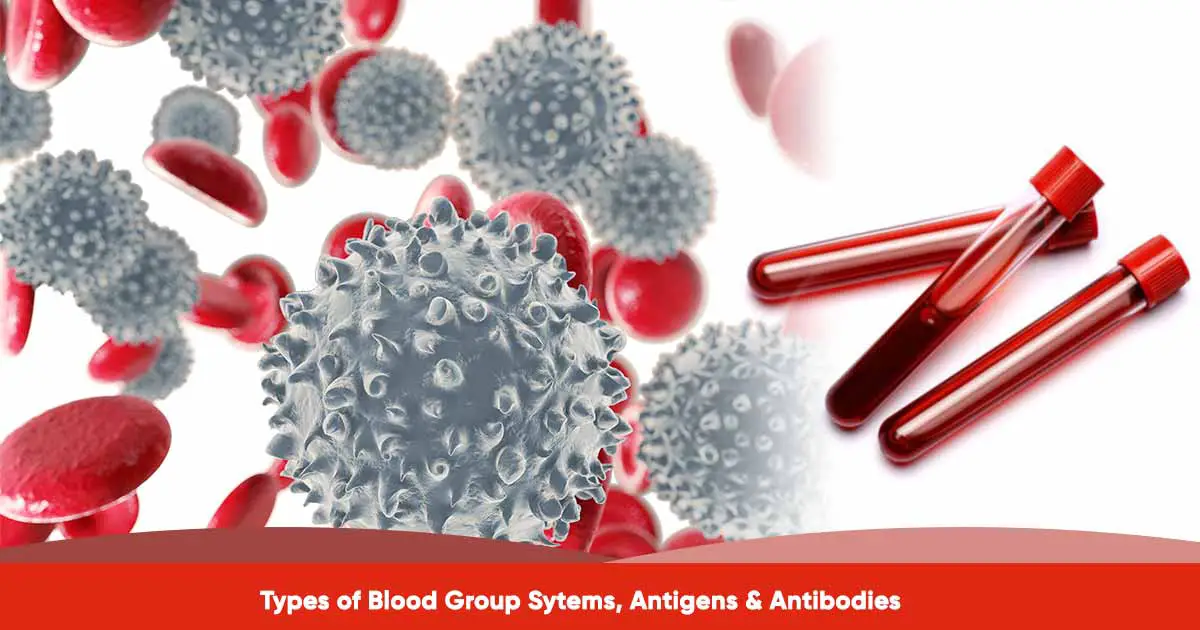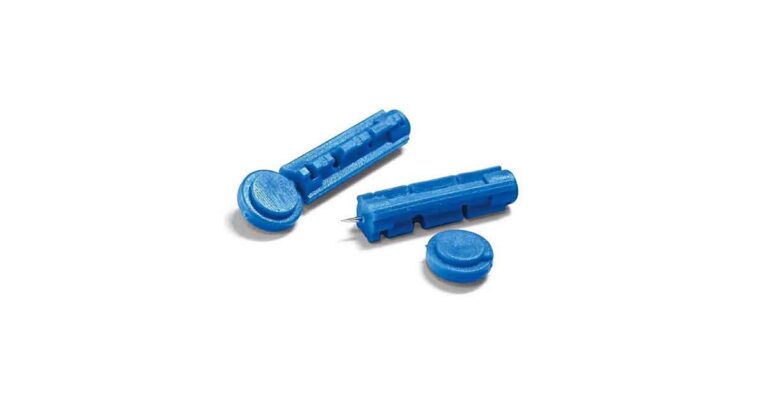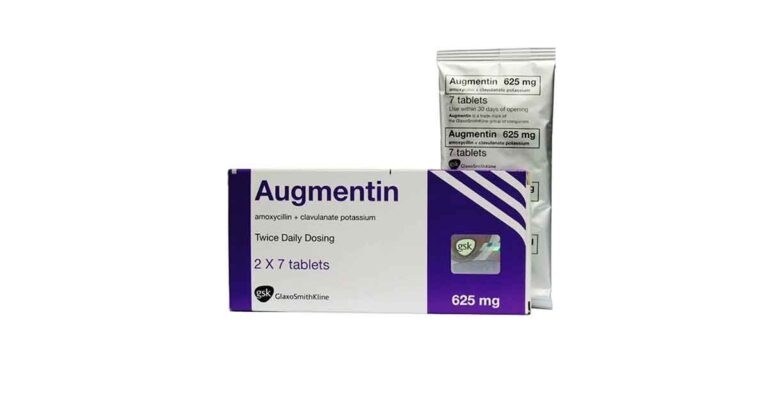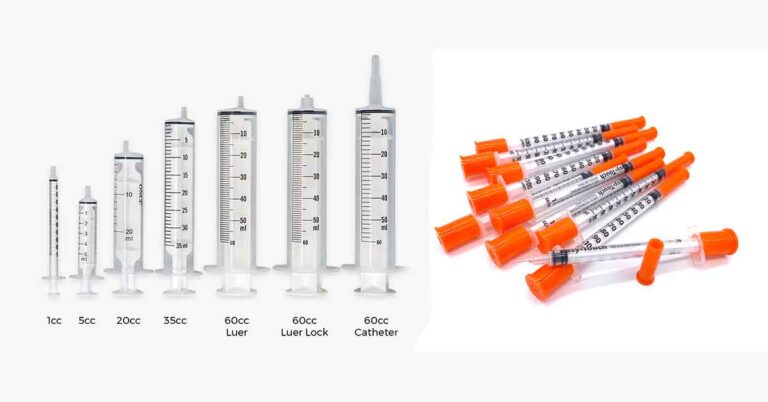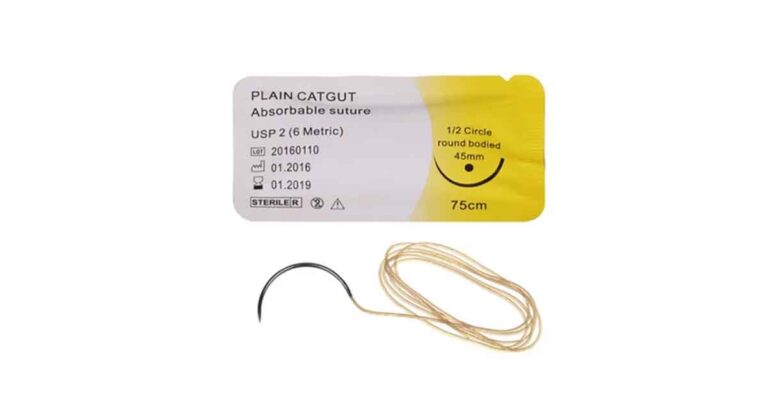Zobo drink or roselle juice is a purple-colored drink that is popular in the Northern part of Nigeria. It is also known as zoborodo or hibiscus tea because it is gotten from the Roselle plant – Hibiscus sabdariffa. It is from the genus Hibiscus (Malvaceae). Other names are roselle, hibiscus, Jamaica sorrel or red sorrel (English) and karkadeh (Arabic).
Though the origin is disputed, Hibiscus sabdariffa is believed to either come from India or Saudi Arabia or Western Sudan. It is now grown in tropical and subtropical countries such as Nigeria, India, Vietnam, Egypt, China, Malaysia, Indonesia, Indonesia, Philippines.
Hibiscus sabdariffa is an erect annual herbaceous plant, bushy and can grow up to 8 feet (2.44 m) tall. The stem is red, smooth, and cylindrical. Leaves are alternate, greenish with red veins, with length 3 to 5 inch (ca. 13 cm), and has long or short petioles.
The flowers are wide, yellow, with rose or maroon eye, that turn pink at the end of the day. At that time, the red calyx with five large petals enlarge, becomes fleshy, crispy but juicy. The calyx, stem, and leaves are acidic and has similar flavor to cranberry.
Although zobo drink is mainly taken and seen as a beverage by some people, it has a lot of nutritional and medicinal benefits. We shall be discussing the many proven health benefits of Hibiscus sabdariffa and how to make roselle juice at home in this article.
Nutritional Constituent of Hibiscus sabdariffa
The fresh or dried calyx of Hibiscus sabdariffa is used to make beverage, fermented drinks, herbal drinks, wines, jelly, cakes, chocolates, confectionery, and as coloring and flavoring agents.
In Nigeria, Sudan, the boiled calyx is used to make a drink called ‘‘Karkade’’ or ‘‘Zoborodo’’. Mexicans call this, drink, Jamaica or ‘‘agua de Jamaica’’ or ‘‘té de Jamaica’’. In Egypt, ‘‘cacody tea’’ and fermented drinks are made from the calyx.
Hibiscus sabdariffa leaves has a lot of nutritional values which includes; fiber, vitamin C (ascorbic acid) tartaric acid, maleic acid, citric acid, phosphorus, thiamine, carotene, fat, niacin, sodium, potassium, carbohydrate, protein, calcium, iron, riboflavin, etc.
The seed contains crude fatty acid, fiber, carbohydrates, ash, minerals such as potassium, sodium, calcium, magnesium, and phosphorus. Seed oil contains saturated fatty acids such as palmitic, and stearic acid, and unsaturated fatty acids such as linoleic, and oleic acid.
Phytochemical Constituent of Hibiscus sabdariffa
Hibiscus sabdariffa contain organic acids majorly hydroxycitric acid, hibiscus acid, malic and tartaric acids, and minor quantities of oxalic and ascorbic acid.
There are flavonoid derivatives called anthocyanins. They include delphinidin-3-sambubioside (hibiscin), cyanidin-3-sambubioside (gossypicyanin), cyanidin-3,5-diglucoside, delphinidin (anthocyanidin). Others include catechin,
The main flavonoids are hibiscitrin (hibiscetin-3-glucoside), sabdaritrin, gossypitrin, gossytrin, other gossypetin glucosides, gallocatechin, catechin, gallocatechin gallate, quercetin, and luteolin. Sterols present are ergosterol and b-sitosterol.
Other polyphenols are chlorogenic acid, ellagic acid, protocatechuic acid, caffeic acid.
Hibiscus sabdariffa also have polysaccharides, mucilage, and pectins. Volatile oils present are sugar derivatives (furfural and 5-methyl-2-furaldehyde), terpenes (such as 1,4-cineole, limonene), phenolic derivatives (eugenol), fatty acid derivatives (such as 2-ethylfuran and hexanal) and others such as acetic acid.
Health Benefits of Zobo Drink (Roselle Juice)
1. Restores your appetite: Zobo has antibacterial properties as a result of the above-mentioned nutritional content. These work together to repair the digestive system and restore your appetite.
2. Relieves menstrual pain: Zobo is highly effective in relieving menstrual cramps and other associated symptoms in the females’ monthly flow. It does this by helping to balance the female reproductive hormones that are responsible for menstrual discomforts like cramps, mood swings, high temperature, depression, etc.
3. Lowers blood pressure: Zobo leaves contain an enzyme inhibitor that inhibits the production of amylase – an enzyme that facilitates the decomposition of complex sugars and starch. When the blockage of this enzyme is successful, it automatically lowers blood pressure.
Also, many pieces of research have revealed that the regular consumption of zobo drink can lower blood pressure, especially in a group of pre-hypertensive and mildly hypertensive adults.
4. Lowers blood sugar and fights blood sugar disorders: Zobo leaves are anti-diabetic due to their hyperlipidemic and hypoglycemic properties. It has many other antihypertensive features that help in regulating the sugar level in the blood, which invariably lowers blood pressure.
5. Treats constipation: The rich fiber content in zobo is known for its digestive system-boosting property. This helps to combat constipation and other digestion problems.
6. Aids in weight loss: Major dietary components needed in the body such as starch and glucose have been linked to excessive weight gain. However, it has been scientifically proven that zobo helps to lower the rate at which these components are absorbed in the body. It does this by inhibiting the production of amylase – the enzyme that helps in the absorption of starch and glucose in the body. Therefore, the drink is your healthy alternative to weight loss.
7. Lowers cholesterol level: In the body, we have Low-Density Lipoprotein (LDL) which is the bad type of cholesterol that is detrimental to the health and High-Density Lipoprotein (HDL) which is the good type of cholesterol. It has been scientifically proven that the regular consumption of zobo can help lower the LDL (bad) cholesterol and at the same time boost HDL (good) cholesterol.
8. Improves heart function: When the cholesterol levels are well regulated, it invariably helps to fight against heart diseases and shields the blood vessels from damage.
9. Reduces depression: Zobo is very rich in vitamins and minerals like flavonoids – a natural antidepressant that is highly effective in calming and relaxing the nervous system and the body in general. Therefore, zobo relieves anxiety, depression symptoms, and other related disorders.
10. Reduces the risk of cancer: Several studies show that zobo can help to inhibit the growth of cancerous cells through a process called apoptosis – also known as a programmed death of cancer cells. This is possible because zobo leaves contain protocatechuic acid, which is rich in antitumor and antioxidant features.
11. Boosts kidney function: Regular consumption of organic acids such as citric acid, tartaric acid, and maleic acid (which can be found in zobo) has proven to effectively combat kidney diseases and boost kidney functions. Specifically, zobo drink helps to flush out oxalic and uric acids – the two waste products that can cause kidney stones.
12. Boosts liver function: The liver is important and known for the multiple functions it serves in the body ranging from the secretion of bile, production of protein, decomposition of fats, etc. This means that all actions will not take place if the liver is not functioning properly. Hence, the need to adequately care for the liver.
Fortunately, many studies reveal that zobo helps to promote and boost liver health and its functions. This is a result of the liver-protecting feature of the zobo leaves, which helps to increase enzymes that aid in drug detoxification and, as well, reduce fatty liver and liver damage.
13. Zobo drink has also proven to be an effective home remedy for ulcers.
Recommended Dosage of Zobo Drink
According to studies, doses up to 200 mg/kg is considered safe and shows no toxic effect.
How to Make a Delicious and Healthy Zobo Drink at Home
1. Get your ingredients ready. Your ingredients include;
- Two cups of dry zobo leaves
- Two tablespoons of cloves also called kalimpali or konafuru
- Two fingers of fresh ginger
- Clean water
- One big ripe pineapple (You can opt for the back if you cannot afford the whole fruit)
- Slices of citrus fruits of your choice: orange, lemon, lime (optional).
- Artificial sweeteners and flavors like Nutri C, Joccy juice, or sugar (optional)
2. Rinse the dry zobo leaves to remove dirt and sand.
3. Wash, peel, cut, and blend the ginger into a paste.
4. Grind the cloves to powder.
5. Wash, peel, and slice the pineapple into thin pieces, and blend.
6. Put your washed zobo leaves, blended ginger, and ground cloves in a pot and add water enough to boil it (The water level should be well above the zobo level).
7. Boil on high heat for about 30 minutes till the leaf is soft and brings out a reddish color.
8. Put off the heat and allow it to cool.
9. Sieve the content with a chiffon cloth to avoid debris.
10. Add your pineapple juice (you can sieve it as well to get a smooth juice).
11. Add artificial sweeteners and flavors (optional).
12. Put them in clean bottles and cans.
13. Refrigerate and serve with slices of citrus or ice.
Can a Pregnant Woman Drink Zobo ?
There is a long-age controversy about whether a pregnant woman can drink zobo or not and if it is safe for the mother and her unborn baby. This is because there are claims that the drink can cause miscarriage and preterm labor among pregnant women, posing a threat to the fetus and putting it at risk of congenital birth defects and low birth weight.
Furthermore, the research by Dr. Iyare, E. E. and Iyare, F. E. supported the claim that the consumption of zobo during pregnancy can decrease pregnancy weight gain. Though the claims lacked enough scientific evidence and have not been proven by any human, it is advised that pregnant women should zobo drinks.
Can a Breastfeeding Mother Drink Zobo?
Breastfeeding mothers are strictly cautioned against the consumption of zobo drinks, especially during the first six months of their postnatal journey. This is because it has been proven that zobo consumption can decrease maternal food and fluid intake and as well increase postpartum weight gain.
Therefore, it is recommended that breastfeeding mothers should not take zobo, especially during the first six months of their exclusive breastfeeding.
Side Effects of Hibiscus Sabdariffa
Hibiscus Sabdariffa is considered safe. Toxicology studies using 5000 mg/kg dosage administered to rats showed no increase in mortality, but there was evidence of decrease in sperm counts, sperm production, with marked degenerative histological changes.
Also, in the lab test with mice, high dose of Hibiscus sabdariffa extract affected the male reproductive fertility, sperm, testes negatively.
Conclusion
Zobo or roselle juice is a highly delicious and healthy drink with lots of health and nutritional benefits that we have discussed above. However, pregnant and nursing mothers are advised to take precautions before consumption.
REFERENCES
- Iyare, E. E. and Iyare, F. E. (2007). African Journal of Biomedical Research, Vol. 10, No. 3, 2007, pp. 257 – 261. http://www.bioline.org.br/request?md07036
- Collins, N. (2019). 10 Powerful Health Benefits of Zobo Drink (Hibiscus Tea). https://healthguide.ng/health-benefits-of-zobo-drink/
- https://www.researchgate.net/publication/262937428_Hibiscus_sabdariffa_L_-_A_phytochemical_and_pharmacological_review#pf11

